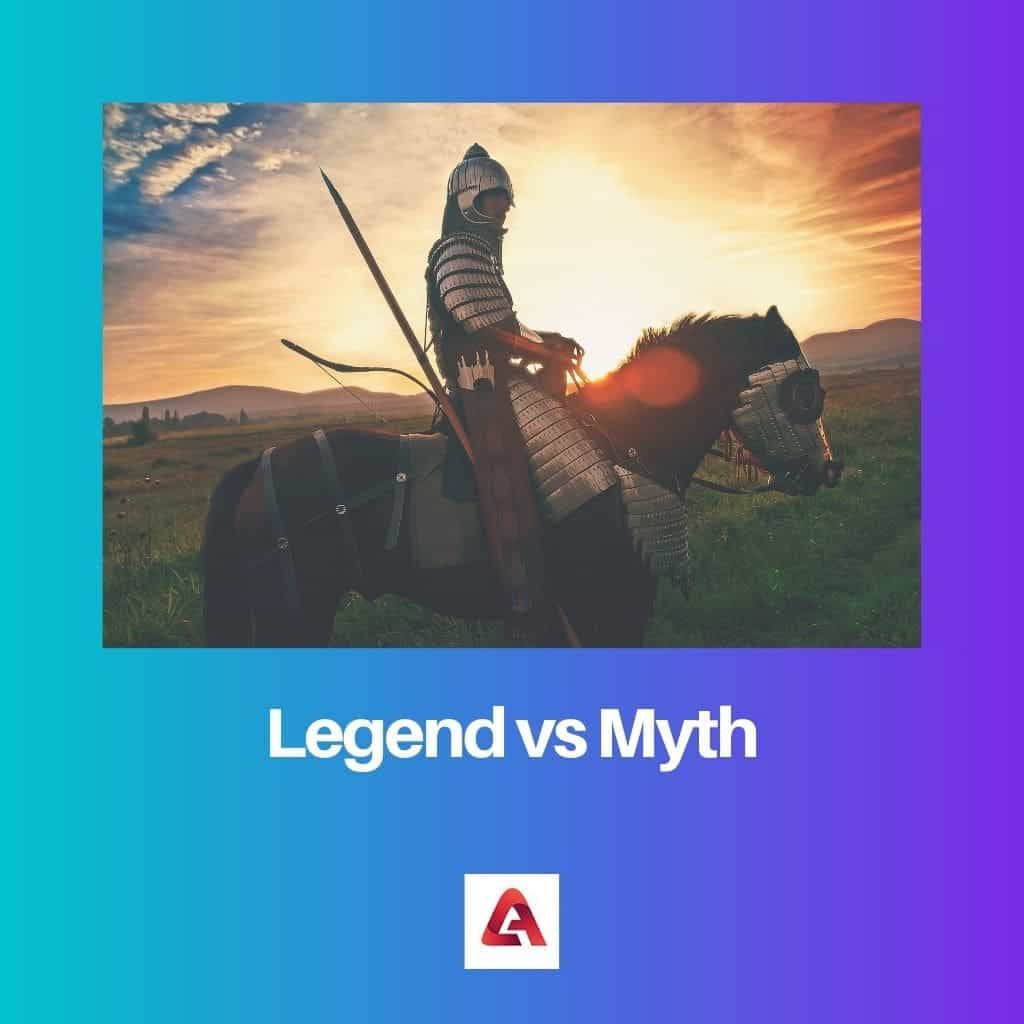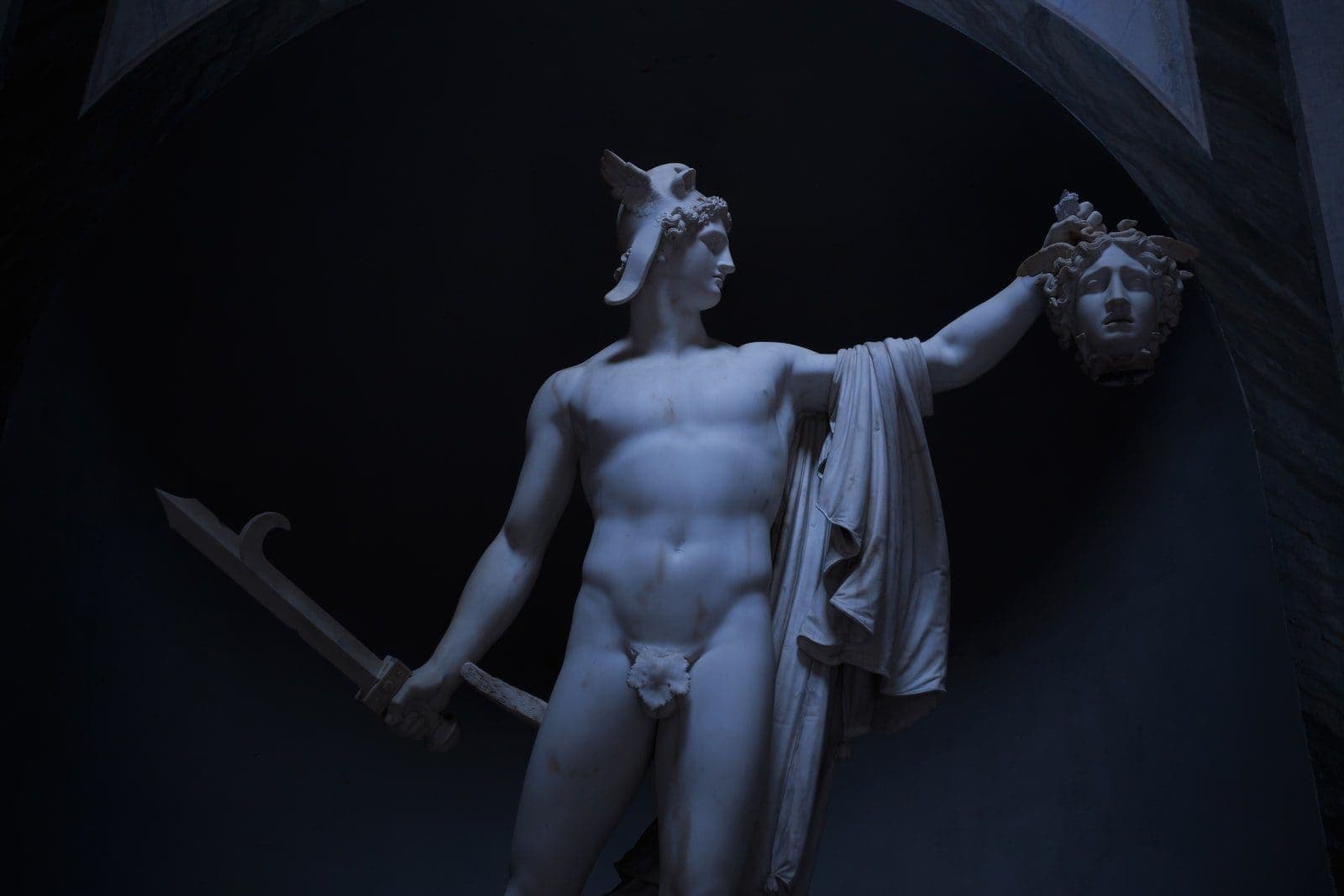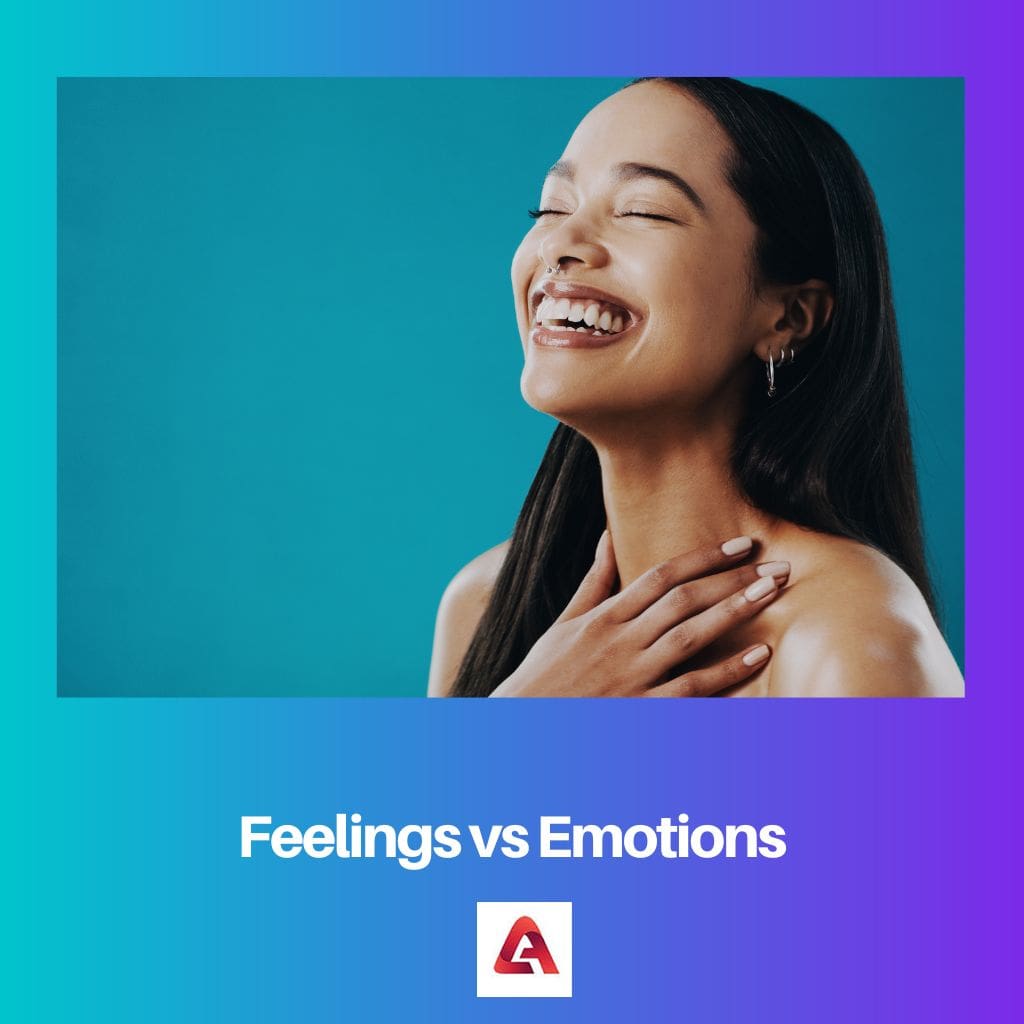Literature is an art form of writing; every language has its literature. It has been part of entertainment since ancient times, and even in the modern world, there is visible evidence of literature seen as a great source of entertainment, for example, novels.
Literature consists of prose, drama, poetry, novels, etc.; writing has several genres; it gives the writer and the reader the idea of what they will write or read.
There are several literary genres in which the writers write, for example, legend, myth, romance, trailer, fiction, science fiction, etc.
Key Takeaways
- Legends are stories or narratives passed down through generations, based on real events or people but with exaggerated or fictional elements; myths are traditional stories or beliefs, explaining natural or supernatural phenomena that may have no basis.
- Legends include real places, people, or events with added embellishments or fantastical elements; myths are more fantastical and involve supernatural beings or powers.
- Legends may have some basis in fact or history, while myths are purely fictional and may be used to teach moral or cultural values.
Legend vs. Myth
Legend can be a story of someone who has done something in history. A legend can be known for the extraordinary work he/she has done in the past. A legend is defined with evidence. A myth can be a story related to God. A myth contains information related to supernatural powers. A myth is always related to a fictional character. There is no evidence in a myth.

Comparison Table
| Parameters of Comparison | Legend | Myth |
|---|---|---|
| Evidence | Has evidence | Does not have evidence |
| Facts | Based on a few facts | Completely fictional and does not have any facts. |
| Characters | Real characters | Fictional characters |
| The period it narrates | More recent history | Ancient times |
| Example | The Hanuman, Robin Hood, etc. | Pandora’s Box, the three sisters of Fate, etc. |
What is Legend?
Legend is a literary genre in the form of a story or narrative somewhere between historical facts and myth. Most of the time, Legend is an exaggerated story of a person’s action who is historically popular.
People mentioned in the legend might not have done their activities to the extent the writers have written in the legend, which means the legend is a more exaggerated form of the actual incident.
They tend to 2 based on real-life characters, but their deeds are exaggerated in the legend, which makes it somewhat fictional. It can be based on Prehistoric Times, of which few pieces of evidence are available.
The basis of legend is to serve a good story with good morals; therefore, sometimes, the truth is distorted, and some fictional stories are incorporated into the narrative.
Some examples of legends are; Ali Baba, the Fountain of Youth, the Legend Of Hanuman, Bigfoot, Robin Hood, Paul Bunyan, etc. In all these narrative pieces of evidence are found, which means that the incidents happen, but to give an entertainment source, writers exaggerate what happened.
Every language has its Legends; these narratives vary from region to region.

What is Myth?
Myth is a literary genre consisting of narratives that play a fundamental societal role. Myths are religious stories related to gods or Goddesses.
They contain supernatural elements in the form of supernatural powers of any character.
Throughout history, myths have been used to explain almost unexplainable phenomena regarding the world’s workings. They are sacred tales narrated to humans to establish morality in the modern world.
The fictional moral and the essence of entertainment makes this literary genre fit for all age groups.
They do not have any scientific explanation, and they are time-bound; some radical listeners or readers might not consider myth a good genre for society because sometimes it creates society orthodox.
The representation of the bravery of the hero and the cowardice of evils are exaggerated to give entertainment.
Some examples of myth are; Pandora’s box, the three sisters of fate, Daedalus and Icarus, the name given to Athens, etc.

Main Differences Between Legend and Myth
- Legends have past evidence but myth does not have any existence.
- Legends do not have fictional characters, but myths have fictional characters.






